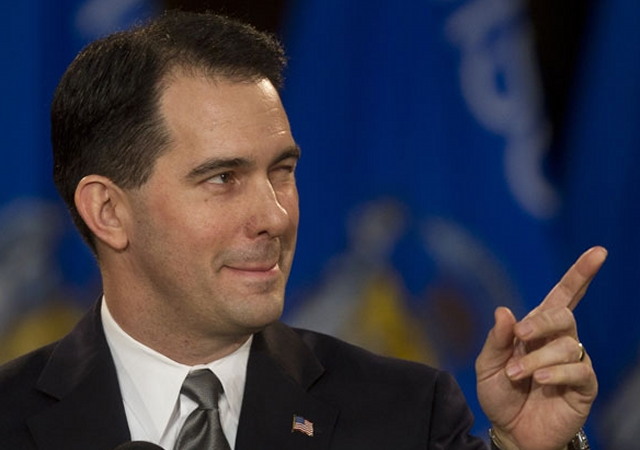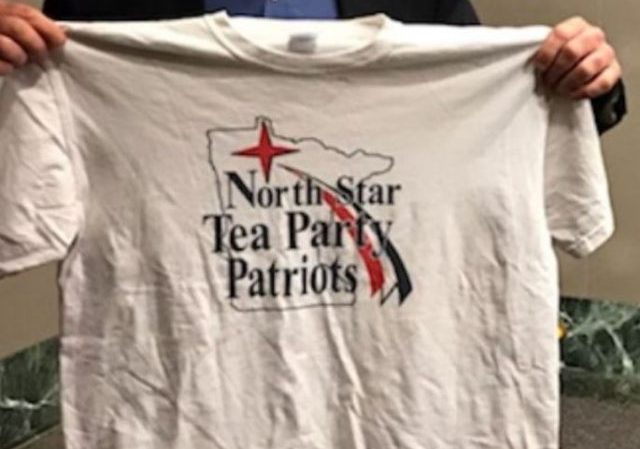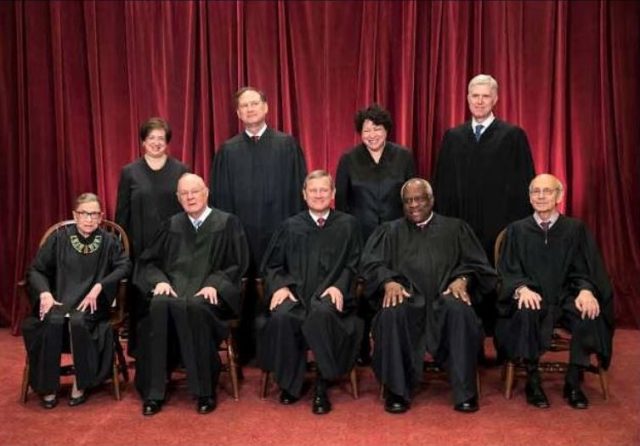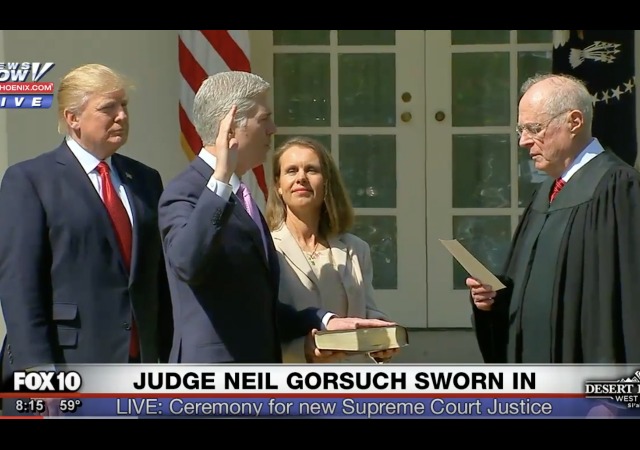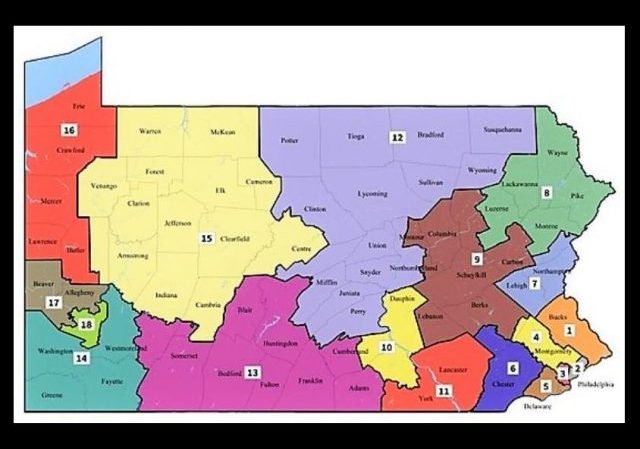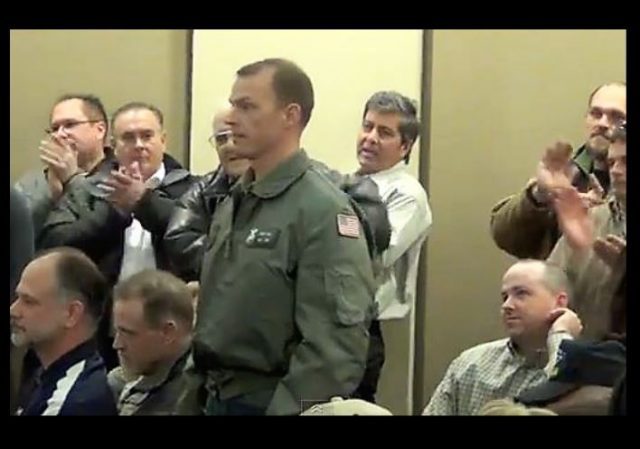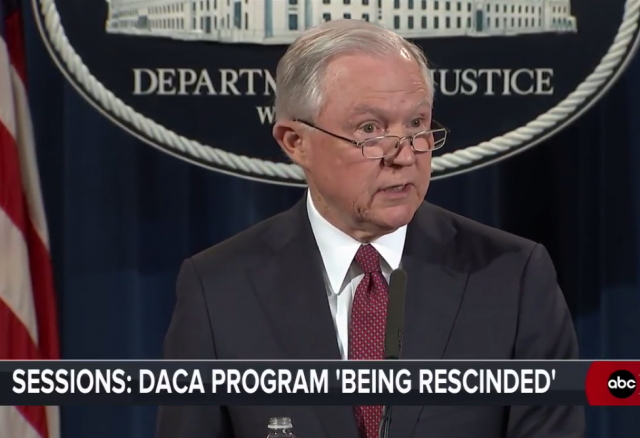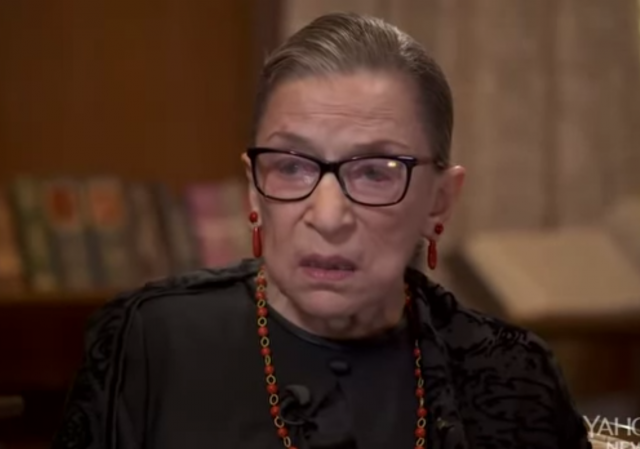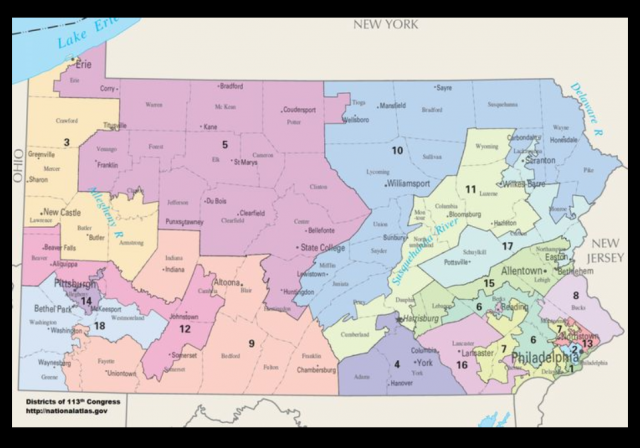SCOTUS kicks partisan gerrymandering ball down the road
on June 18, 2018
8 Comments
I'm so old, I remember when two partisan gerrymandering cases in the Supreme Court -- one from Wisconsin and one from Maryland -- were on just about everyone's list of blockbuster cases this term, including Bloomberg, Politico, and CNN, among many others.
The Wisconsin case involved a very pro-Republican legislative district map that would help Republicans retain control of the state legislature, and the Maryland case involved a single very pro-Democrat congressional district.

